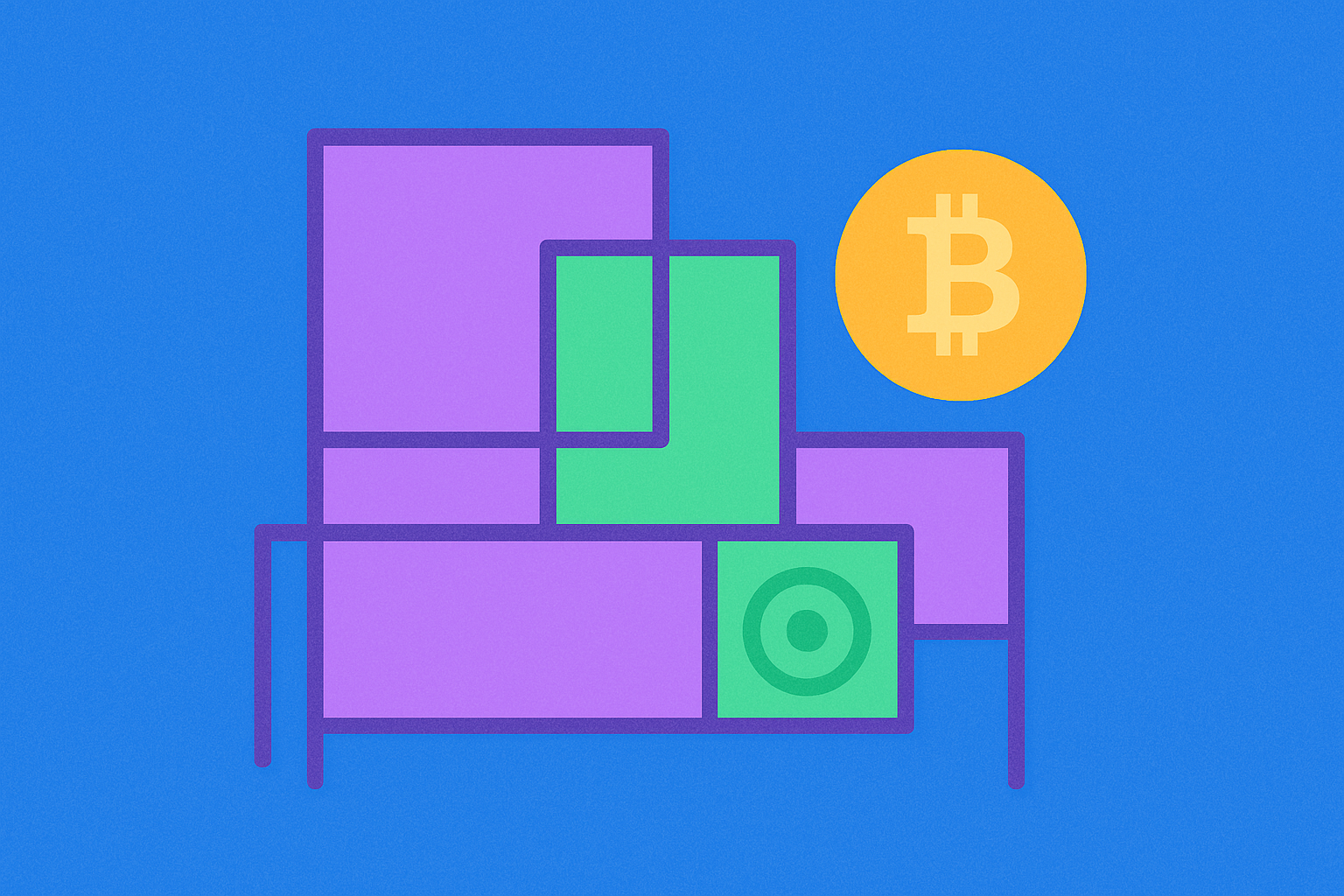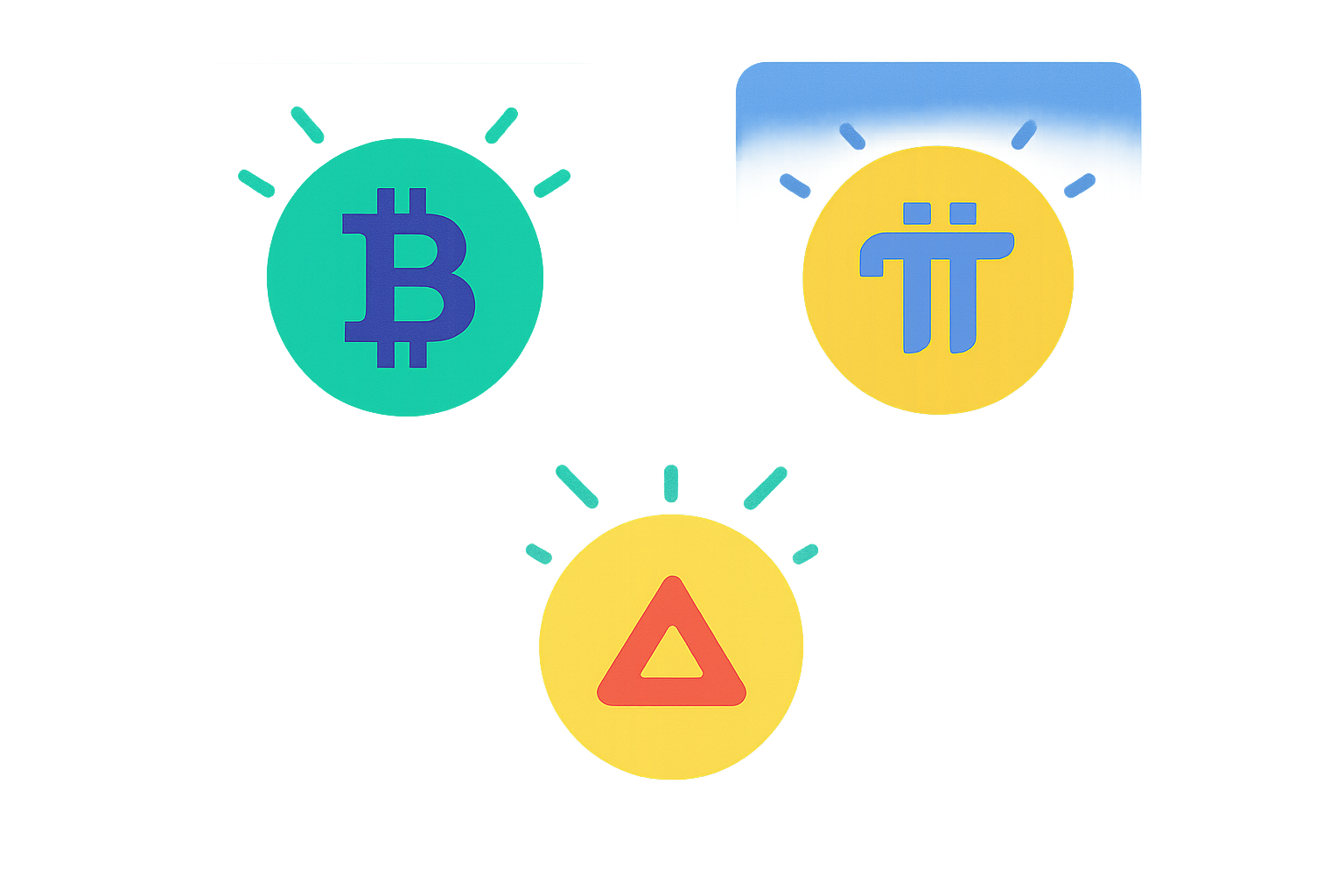Pi Network'ün zincir üstü verileri, platformun gerçek kullanıcı katılımını nasıl gözler önüne seriyor?


Pi Network 60 milyon kullanıcıya sahip olduğunu iddia ediyor, ancak zincir üzerindeki cüzdan kullanımı %0,2'nin altında
Pi Network'ün 60 milyon kullanıcıya ulaştığı iddiası, zincir üzerindeki aktivite verileriyle ciddi şekilde çelişiyor. Proje teorik olarak geniş bir kullanıcı tabanına sahip olduğunu öne sürse de, blokzincir analizleri ağın gerçek anlamda kullanımı konusunda endişe verici bir tablo çiziyor.
İddia edilen ve aktif kullanıcılar arasındaki bu fark şu metriklerde net şekilde görülüyor:
| Metre | İddia Edilen | Gerçek Zincir Üzeri Durum |
|---|---|---|
| Toplam Kullanıcı | 60 milyon | 15.316 token tutan cüzdan |
| KYC Doğrulandı | 18 milyon | 12 milyon ana ağa geçmiş |
| Aktif Cüzdan Kullanımı | Açıklanmadı | İddia edilen kullanıcı tabanının %0,2'sinden az |
| Günlük İşlem | Belirtilmedi | Yaklaşık 150.000 |
İddia edilen benimsenme ile zincir üzerindeki doğrulanabilir aktivite arasındaki bu büyük uçurum, Pi Network’ün gerçek etki alanı hakkında ciddi soru işaretleri doğuruyor. Şubat 2025’teki resmi ana ağ lansmanı ve 2025’in ilk çeyreğindeki Açık Ağ aşaması planına rağmen, cüzdan katılımı son derece düşük seviyede kalıyor.
Ağın mimarisi, kullanıcıların tam katılım için KYC doğrulaması ve geçiş süreçlerini tamamlamasını gerektirdiğinden, benimsenmenin önünde ciddi engeller bulunuyor. Ayrıca, 22 büyük yatırımcı (balina), her biri 10 milyonun üzerinde Pi içeren cüzdanlara sahip; bu da yaygın dağıtım iddialarına rağmen token’ların yüksek oranda toplandığını gösteriyor.
Projenin güvenilirliği, gerçek kullanıcı etkileşimi verilerinin şeffaf şekilde paylaşılmaması nedeniyle daha da sorgulanıyor. Lansmandan bu yana toplam 33 milyon işlem gerçekleşmiş olsa da, iddia edilen kullanıcı sayısı doğruysa, ortalama bir Pi kullanıcısının hesap başına bir işlem bile yapmamış olması gerekir.
Pi'nin konsensüs mekanizması bireysel madencilikte Stellar Consensus Protocol'e dayanıyor
Geleneksel kripto paralar büyük işlem gücü gerektirirken, Pi Network bireysel madencilik için Stellar Consensus Protocol (SCP) kullanıyor ve madencilikte önemli bir yenilik sunuyor. Bu sistem sayesinde kullanıcılar, pil tüketimi veya yüksek kaynak ihtiyacı olmadan Pi’yi doğrudan mobil cihazlarından çıkarabiliyor.
Pi’nin yaklaşımı ile geleneksel madencilik yöntemleri arasındaki temel ayrım, kaynak gereksinimlerinde ortaya çıkıyor:
| Madencilik Yöntemi | Gerekli Donanım | Enerji Tüketimi | Erişilebilirlik |
|---|---|---|---|
| Pi Network (SCP) | Akıllı telefon | Çok düşük | Yüksek |
| Geleneksel PoW | Özel ekipman | Çok yüksek | Düşük |
Pi Network SCP uygulamasında, kullanıcılar işlem doğrulamasını "Güvenlik Çemberi"ndeki güvenilir ilişkiler üzerinden sağlıyor ve böylece merkeziyetsiz bir doğrulama ağı oluşuyor. Bu sayede, geleneksel madenciliğin yüksek çevresel maliyetleri olmadan ağ güvenliği sağlanıyor.
2025 verileri, Pi Network’ün neredeyse tüm dünyaya yayıldığını ve dolaşımdaki token miktarının 8,3 milyarı aştığını gösteriyor; piyasa değeri ise 1,83 milyar doları geçiyor. Fiyat dalgalanmasına rağmen, Pi 2025 başında 3 dolarla rekor kırdı. Donanım gereksinimi düşük madencilik mekanizması, yüksek erişilebilirlik sunarak yeni kullanıcıları çekmede etkili oluyor.
Pazarlama taktikleri, Pi Network’ün kârlılığı ve uzun vadeli sürdürülebilirliği konusunda soru işaretleri yaratıyor
Pi Network’ün referans sistemi odaklı pazarlama taktiklerine yoğun şekilde başvurması, uzun vadeli kârlılık ve sürdürülebilirlik açısından ciddi endişeler oluşturuyor. Platformun büyüme stratejisi güven, viral yayılım ve ödüllü referans programlarına odaklanarak aktif bir kullanıcı tabanı yarattıysa da, bu yaklaşım sürdürülebilirlik açısından önemli sorunlar barındırıyor.
Finansal analistler, Pi Network’ün gelir kaynaklarının büyük ölçüde spekülatif olduğunu, detaylı maliyet yapısı ve kârlılık metriklerinin ise kamuya açıklanmadığını belirtiyor. Bu şeffaflık eksikliği, kullanıcı kazanımından gelir elde etme aşamasına geçilirken piyasa güvenini zedeliyor.
Pi Network’ün temel performans göstergelerinin karşılaştırılması, endişe verici eğilimleri gösteriyor:
| Metre | Geçmiş Performans | Güncel Durum | Sürdürülebilirliğe Etki |
|---|---|---|---|
| Fiyat | $3,00 (Şub 2025) | $0,22 (Kas 2025) | %87 değer kaybı |
| Kullanıcı Büyümesi | Hızlı artış | 19M doğrulanmış kullanıcı | Azalan madencilik ödülleri |
| Düzenleyici Durum | Sınırlı gözetim | Artan yasal endişeler | Olası uyum maliyetleri |
19 milyon kimlik doğrulamalı kullanıcı ve 13 milyon ana ağa geçişe rağmen, Pi Network merkeziyetçilik eleştirileri ve parasal değer yaratmadaki belirsizlik nedeniyle eleştiriliyor. Başlangıçta büyümeyi hızlandıran referans modeli, madencilik ödülleri azaldıkça ve düzenleyici baskı arttıkça sürdürülemez hâle gelebilir; özellikle bazı ülkelerde yapının piramit şemasıyla benzetilmesi dikkate alındığında.
SSS
Pi Coin'in bir değeri var mı?
2025 itibarıyla Pi Coin değer kazandı. Artık borsalarda işlem görüyor ve piyasa değeri Web3 ekosistemindeki artan benimsenmeyi yansıtıyor. Ana ağ lansmanından bu yana değeri yükseldi.
100 dolar kaç Pi ediyor?
2025-11-06 itibarıyla 100 dolar yaklaşık 1.200 PI coin’e karşılık geliyor. Bu oran piyasa koşullarına bağlı olarak değişebilir.
Şu anda 1000 Pi ne kadar ediyor?
Kasım 2025 itibarıyla 1000 Pi yaklaşık 85,26 Amerikan doları ediyor. Bu değer piyasa koşullarına göre değişebilir.
Pi Coin'lerimi satabilir miyim?
Evet, Pi uygulamasında KYC doğrulamasını tamamladıktan ve güvenilir bir Pi satıcısı bulduktan sonra Pi Coin’lerinizi satabilirsiniz.

Pi Network'un Beyaz Kitabının Ardındaki Temel Mantık Nedir?

2030 yılına kadar Kaspa'nın on-chain veri analizleri nasıl evrilecek?

Pi Network'ün Gerçek Değeri Ne: Mobil Madencilik Projesinin Temel Analizi

Bitminer Bot: Hype'a Değer Mi Yoksa Bir Kripto Tuzağı Mı?

Bitcoin Cash Fiyat Analizi: BCH Piyasa Trendleri ve 2025 için İşlem Stratejileri

Bitget Token Fiyatı 2025: Yatırım Analizi ve Piyasa Performansı

HLN ve LTC: İki Yeni Nesil Blockchain Varlığının Kapsamlı Karşılaştırması

ETH/USDT İşlem Çifti Rehberi: Ethereum ve USDT'nin Temel Özelliklerini Anlama

Kripto Para Madenciliği Rig'lerinin Çalışma Prensipleri | Kapsamlı Kılavuz

Yeni Başlayanlar İçin Zaman Dilimi Uyum Stratejileri | Temel Alım-Satım Rehberi

2024 yılında Android ve iOS platformlarında kullanılabilecek en iyi Bitcoin madencilik uygulamaları







